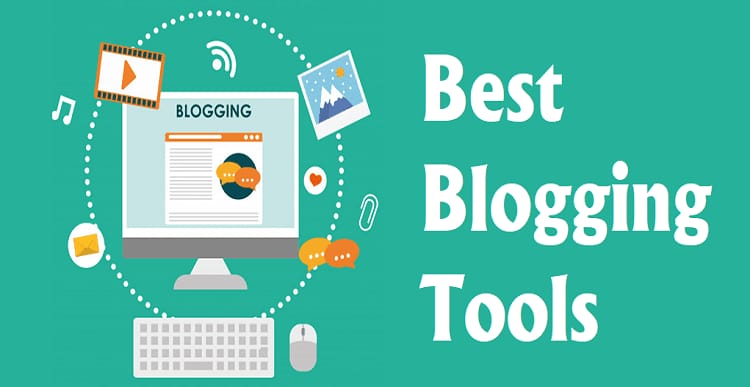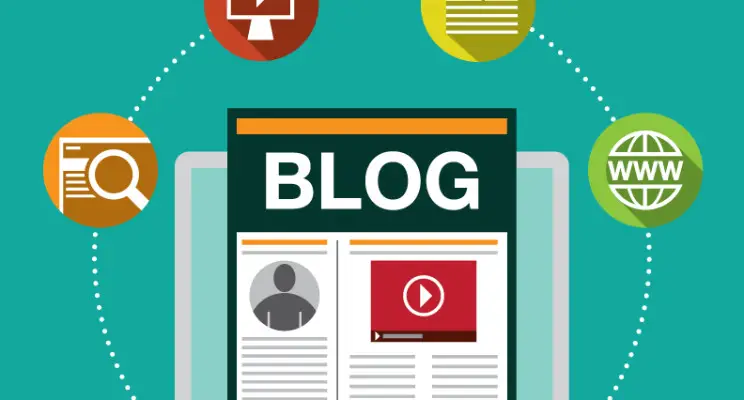ChatGPT, while a powerful language model, has several limitations. Firstly, it can produce plausible-sounding but incorrect or nonsensical information, as it generates responses based on patterns in the data it was trained on, which might contain errors or biases. It can also be sensitive to input phrasing, giving different responses to slightly rephrased questions.
Furthermore, ChatGPT does not possess real-time or up-to-date knowledge, as its training data only extends up until September 2021. This means it may not provide accurate information about current events, and it cannot access the internet for real-time data.
The model can sometimes be overly verbose and repetitious in its responses, and it may not always ask clarifying questions for ambiguous queries, potentially leading to inaccurate or unintended outcomes.
Regarding accuracy, ChatGPT’s responses vary in quality depending on the input and context. It can provide helpful and accurate information in many cases but also has the potential to generate incorrect or biased content. Users should critically evaluate and cross-check any information provided by ChatGPT, especially for critical or fact-based tasks, and not solely rely on it as the ultimate source of truth.
Artificial Intelligence has been making significant strides in recent years, with the development of advanced language models like ChatGPT. These models have been praised for their ability to generate human-like text and provide valuable assistance across various tasks. However, it’s crucial to remember that no AI system is perfect, and ChatGPT has its own set of limitations that impact its accuracy and performance. In this article, we will delve into the nuances of ChatGPT’s capabilities and explore the factors that affect its accuracy.
ChatGPT is a product of OpenAI, built on the GPT-3 architecture, which stands for “Generative Pre-trained Transformer 3.” This model has been trained on a massive amount of text data and can perform a wide range of natural language processing tasks, including text generation, translation, summarization, and more. Its ability to understand context and generate coherent text has made it a valuable tool for a variety of applications, from content creation to virtual assistants.
However, beneath its seemingly limitless potential, ChatGPT has its constraints. It’s crucial to acknowledge these limitations in order to utilize the model effectively and ethically.
1: Lack of Real-world Understanding
One of the most significant limitations of ChatGPT is its lack of genuine understanding of the world. While it can generate coherent and contextually relevant text, it does not possess real-world knowledge. This means that it can make factually incorrect statements and may not always provide accurate information.
For instance, ChatGPT might answer questions with plausible-sounding but incorrect data or make predictions based solely on patterns it has learned from its training data. This limitation is particularly problematic when dealing with topics that require up-to-date, precise, or domain-specific information.
2: Vulnerability to Biases
Another major challenge is the model’s susceptibility to biases present in its training data. ChatGPT has been trained on a wide array of internet text, which often contains biases related to race, gender, religion, and more. As a result, the model can inadvertently produce biased or politically incorrect responses.
OpenAI has taken measures to mitigate these biases, but they can still manifest themselves in responses generated by ChatGPT. This can lead to ethical concerns and issues when using the model in sensitive contexts, such as customer support, legal advice, or healthcare.
3: Inconsistent Responses
ChatGPT may produce inconsistent responses for the same input, depending on slight variations in phrasing or context. This inconsistency arises from the inherent randomness in the model’s generation process. Users may receive different answers to similar questions, which can be frustrating and confusing.
Addressing this inconsistency requires users to be cautious and double-check the information they receive from the model, which can reduce its usability in scenarios where consistency is paramount.
4: Lack of Clarification
When ChatGPT is uncertain about an input, it often generates vague or overly cautious responses, rather than asking for clarification. This can be frustrating for users, as it limits the model’s ability to provide detailed and precise information. This limitation can hinder the utility of ChatGPT in situations where clarity is essential.
5: Limited Understanding of Context
While ChatGPT excels at understanding and generating text based on context, it still has limitations in grasping nuanced or complex contextual cues. It may struggle to maintain context over long conversations and can provide answers that are contextually disconnected.
This limitation can affect the accuracy of responses, as ChatGPT may not fully comprehend the user’s intent or the evolving context of a conversation.
6: Generating Harmful Content
In some cases, ChatGPT has been known to generate harmful or inappropriate content, including misinformation, offensive language, and content that promotes harmful ideologies. OpenAI has implemented content filtering mechanisms to prevent such outputs, but it’s impossible to catch every instance of harmful content, and this remains a significant limitation.
The accuracy of ChatGPT is compromised when it generates harmful content, as it can lead to legal and ethical consequences for users and organizations.
7: High Resource Consumption
ChatGPT is computationally intensive, requiring significant computational resources to operate effectively. This limits its accessibility to individuals and organizations with the necessary infrastructure and resources. The resource consumption of the model can affect its accuracy, as not all users can afford or deploy the required infrastructure.
8: Limited Multimodal Capabilities
ChatGPT primarily operates with text inputs and outputs. It lacks robust multimodal capabilities, meaning it cannot effectively process or generate content that combines text with images, videos, or other forms of media. In applications where multimodal information is crucial, ChatGPT’s limitations become evident, affecting its overall accuracy.
9: Privacy Concerns
Using ChatGPT often involves sharing potentially sensitive information with the model, and this can raise privacy concerns. Organizations and users must be cautious when dealing with confidential or personal data, as any mishandling can result in privacy breaches. Such concerns can impact the model’s accuracy by discouraging users from sharing necessary information.
Evaluating the Accuracy of ChatGPT
The accuracy of ChatGPT is a complex and multifaceted aspect. While the model may provide accurate answers in some cases, it can also produce incorrect or biased responses, leading to a degree of inaccuracy. The extent of accuracy depends on several factors, including the quality of the training data, the specific use case, and the vigilance of the user.
- Training Data Quality: ChatGPT’s training data largely determines its accuracy. If the training data contains biases, inaccuracies, or outdated information, the model is likely to inherit these shortcomings, impacting its accuracy. On the other hand, high-quality training data can improve the model’s accuracy.
- Use Case Specificity: The accuracy of ChatGPT varies based on the specific use case. For general questions and casual conversations, the model may perform reasonably well. However, when dealing with specialized or complex subjects, its accuracy may diminish due to a lack of domain-specific knowledge.
- User Guidance: Users play a critical role in enhancing the accuracy of ChatGPT. Providing clear, well-structured input and context, as well as critically evaluating the model’s responses, can help improve the accuracy of the information it generates.
- Model Adaptation: Some organizations and developers have taken steps to fine-tune ChatGPT for specific tasks or domains. This adaptation can significantly improve the model’s accuracy in those areas.
- OpenAI’s Improvements: OpenAI continues to make advancements in mitigating biases and enhancing the accuracy of ChatGPT through iterative updates and feedback mechanisms.
Mitigating Limitations for Improved Accuracy
While ChatGPT has limitations that can affect its accuracy, there are strategies to mitigate these shortcomings and make the most of its capabilities:
- Fact-Checking: Always fact-check information provided by ChatGPT, especially when accuracy is critical. Avoid using the model as the sole source of information.
- Context Clarity: Provide clear and concise context to help the model generate more accurate responses. If the model provides an unclear or incorrect response, consider rephrasing your question or providing more context.
- Post-Processing: Review and edit responses generated by ChatGPT before using them, particularly in professional or sensitive contexts.
- Domain-Specific Fine-Tuning: If applicable, consider fine-tuning the model for domain-specific tasks to improve its accuracy in those areas.
- OpenAI’s Guidelines: Follow OpenAI’s guidelines and recommendations for using ChatGPT, particularly when it comes to content filtering and addressing biases.
- Feedback Mechanisms: Provide feedback to OpenAI on problematic model behavior, inaccuracies, or biases encountered during usage. This helps drive improvements in future model iterations.
The Future of ChatGPT
OpenAI continues to invest in research and development to overcome the limitations of ChatGPT. They are actively working to improve the model’s accuracy, reduce biases, and enhance its understanding of user context. As AI technology advances, it’s likely that ChatGPT’s limitations will be addressed to a certain extent, resulting in a more accurate and reliable tool.
The ongoing collaboration between the AI community and organizations like OpenAI is vital for pushing the boundaries of what ChatGPT can achieve. As technology evolves, we can expect a future where AI models like ChatGPT are more accurate, versatile, and ethical.
Conclusion
ChatGPT represents a significant milestone in the field of natural language processing, but it is not without limitations. Its accuracy can be compromised by factors such as a lack of real-world understanding, susceptibility to biases, inconsistent responses, and more. However, by understanding and mitigating these limitations, users and organizations can make the most of ChatGPT’s capabilities while maintaining a critical eye on the information it generates. As technology continues to advance, we can anticipate improvements in accuracy and a more reliable AI tool for a wide range of applications.







Leave a Reply